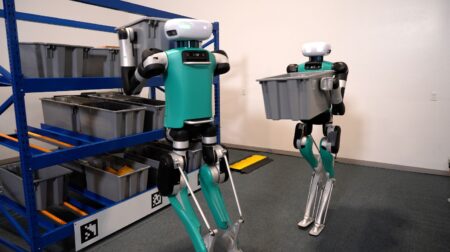US venture capital (VC) firms are urging tech start-ups to cut ties with Chinese investors amid expectations of stricter regulations on foreign ownership by Washington, The Financial Times has reported.
HeyGen, an AI video start-up originally from Shenzhen but now based in Los Angeles, serves as a key example. The company, co-founded by Joshua Xu, a former Snap engineer, recently asked its Chinese investors, including IDG Capital, Baidu Ventures, HongShan and ZhenFund, to sell their shares to US investors.
This move aimed to “clean up the cap table” as scrutiny over Chinese tech investments grows. HeyGen’s relocation to the US allows it to access advanced AI chips and attract higher-paying customers, with clients such as Salesforce, Nvidia, Volvo and Amazon.
The shift reflects broader trends as US investors fear future restrictions on Chinese investment in tech. While Washington has banned some US investments in China’s AI sector, it has not yet restricted Chinese minority stakes in American tech companies.
However, the geopolitical climate has driven companies like HeyGen to clarify their investor base to avoid potential government influence.
This trend has led to US investors putting pressure on Chinese VC firms to reduce their stakes, partly due to difficulties in their domestic markets, including bankruptcies and slow economic growth.
Despite these challenges, Chinese VC firms like HongShan have significant networks in the US, making it a favourable location for investment diversification.
Neil Shen, a founding partner of HongShan, has successfully backed major Chinese tech companies and is now focused on investing in Chinese founders abroad.
The HeyGen case underscores the difficulties Chinese VCs face in AI, where top talent and resources are concentrated in the US, leading many American AI companies to reject Chinese investment.
As well as this, major Chinese chip manufacturer, SMIC, has been cutting its reliance on US-sourced tech by increasingly using domestic equipment for semiconductor production, marking a direct response to US export restrictions.
With clampdowns on Chinese technologies expected from the Biden administration, the world’s two largest economies are both attempting to become more self-sufficient and reduce the other’s influence in the development of critical tech.









